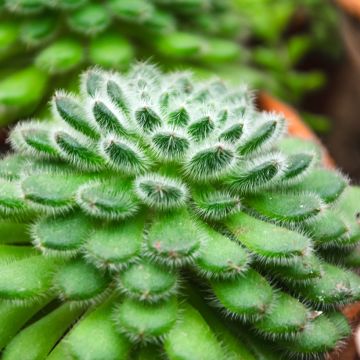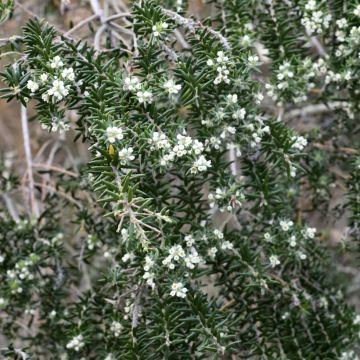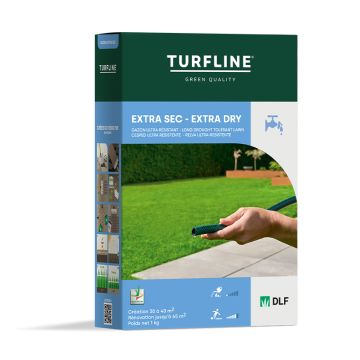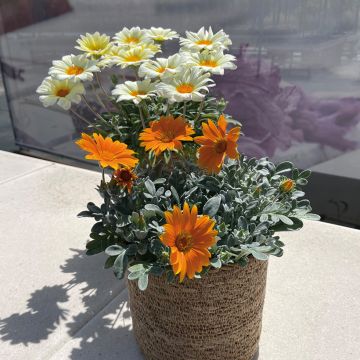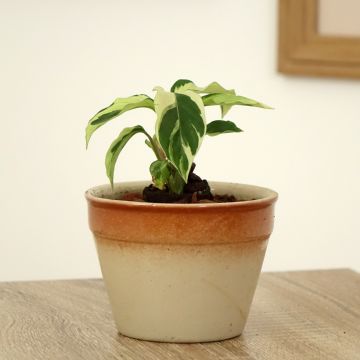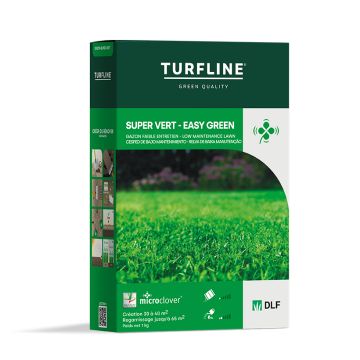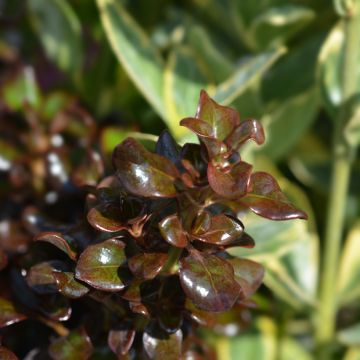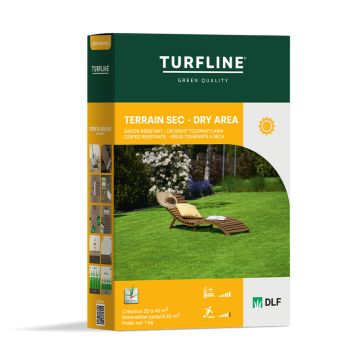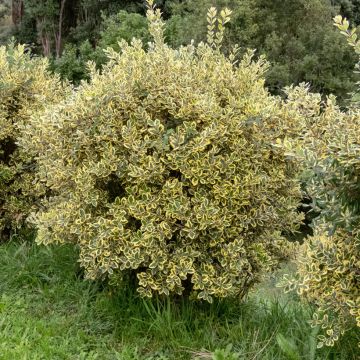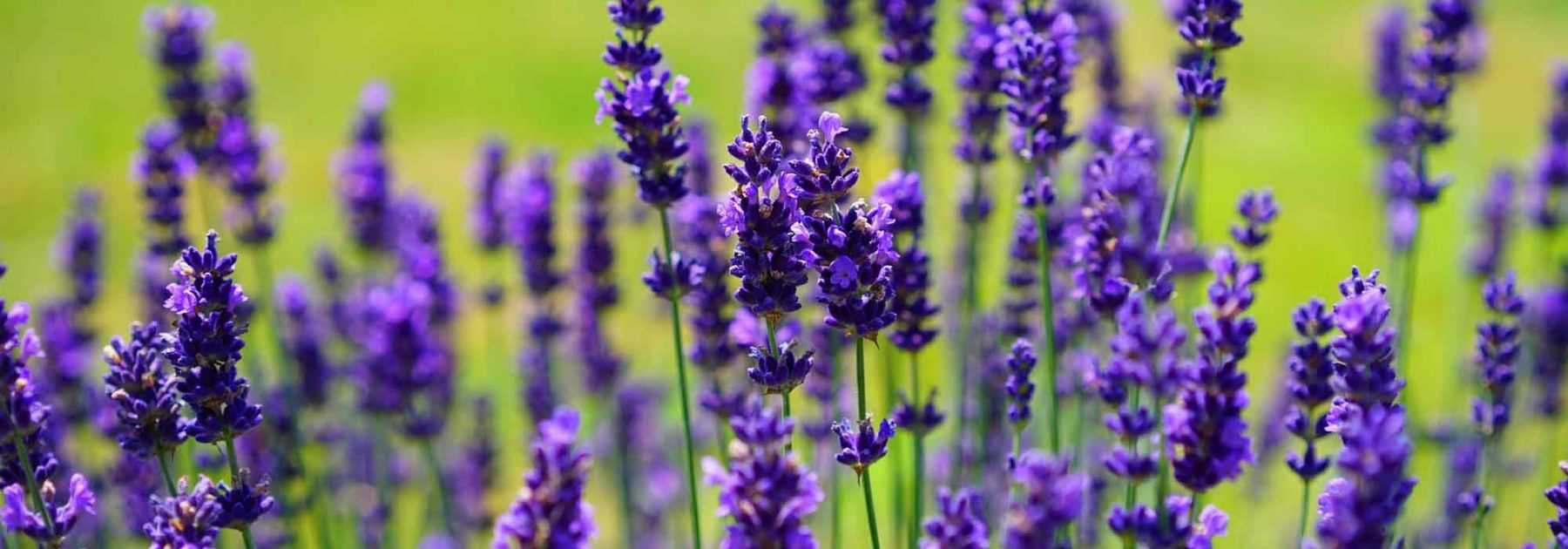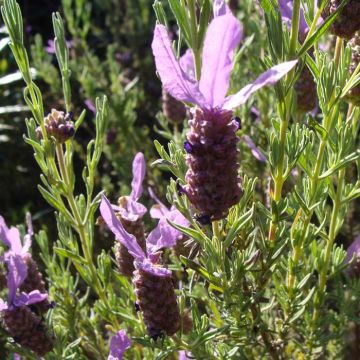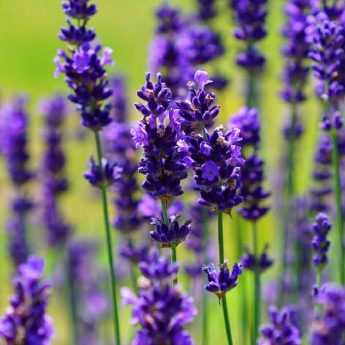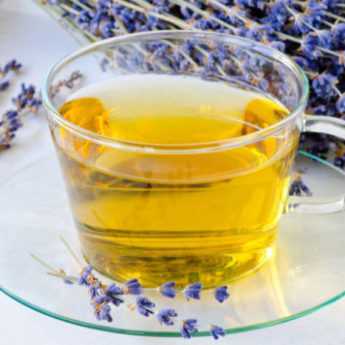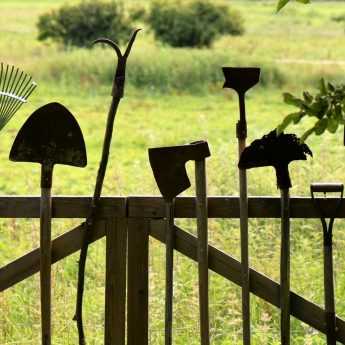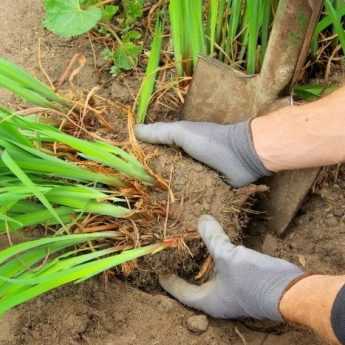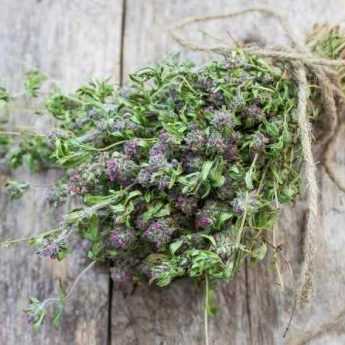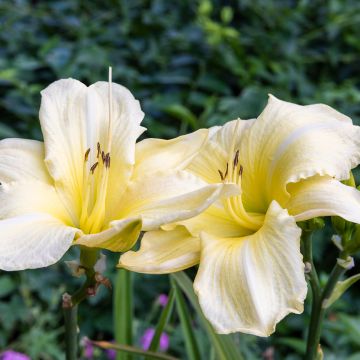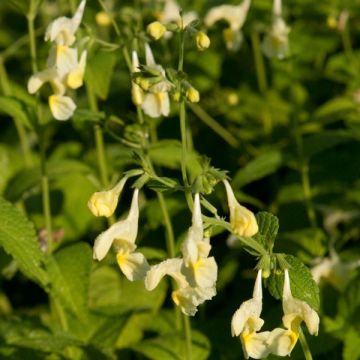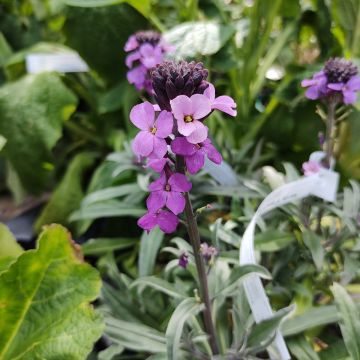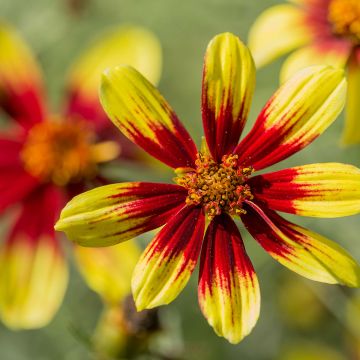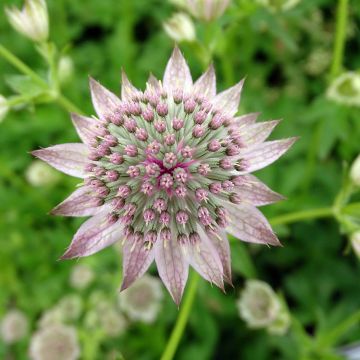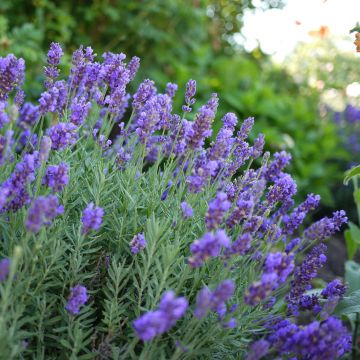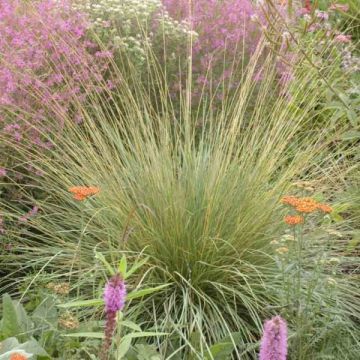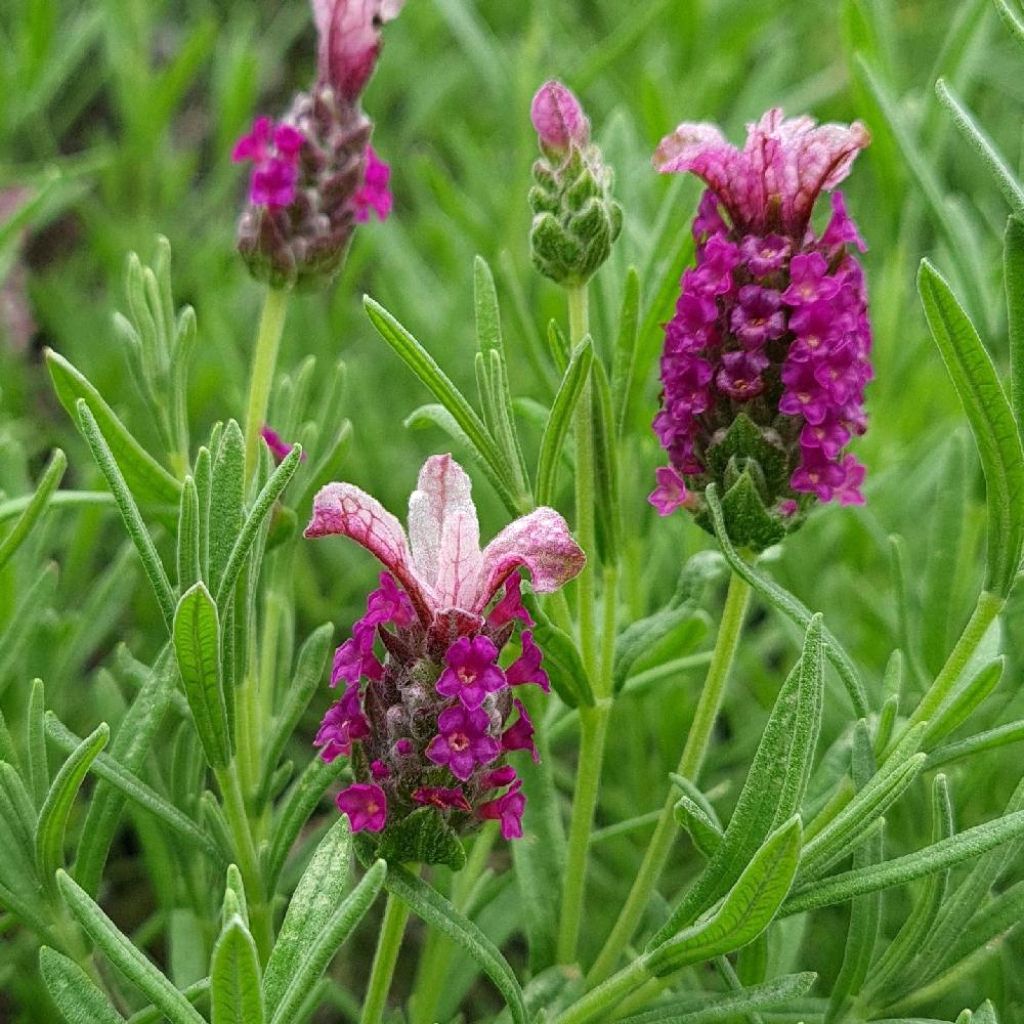

Lavandula stoechas Magical Posy Pink - Lavande papillon
Lavandula stoechas Magical Posy Pink - French Lavender
Lavandula stoechas Magical® Posy Pink
French Lavender, Cassidony, Spanish Lavender, Butterfly Lavender
Why not try an alternative variety in stock?
View all →This plant carries a 12 months recovery warranty
More information
We guarantee the quality of our plants for a full growing cycle, and will replace at our expense any plant that fails to recover under normal climatic and planting conditions.
From €7.90 for pickup delivery and €6.90 for home delivery
Express home delivery from €8.90.
Does this plant fit my garden?
Set up your Plantfit profile →
Description
Lavandula stoechas Magical Posy Pink is a particularly compact and floriferous variety of butterfly lavender that forms a lovely scented pink cushion that is always in flower. This low shrub, covered with aromatic and evergreen leaves, flowers for several months with very pretty dark pink spikes, topped with bracts of a lighter pink. In addition to its ornamental qualities, this selection has the advantage of tolerating moist heat, allowing it to be successfully grown outside the Mediterranean region or in pots, in regions that are not too cold in winter. Butterfly lavender, unlike classic lavenders, is grown in non-limestone soil.
The Magical Posy Pink butterfly lavender is a descendant of Lavandula stoechas, an aromatic plant from the Lamiaceae family native to the western Mediterranean basin. Wild butterfly lavender is a shrub with evergreen leaves that blooms in spring on siliceous slopes, in non-limestone soil, which is very dry in summer. Butterfly lavender is a moderately hardy species, tolerating temperatures to -10°C at their lowest. Plants are likely to fail when there is combined moisture and severe frost, as well as combined moisture and heat, which promotes the development of a fungus deadly to the roots. The Magical Posy Rose variety is less susceptible to this lethal combination. It is a compact shrub with dense vegetation and a rounded shape. Its quadrangular stems bear narrow, fuzzy leaves with fringed edges, giving off a pine scent when crushed. The plant rarely exceeds 50 cm (20in) in height at the time of flowering. It blooms from late April to late September, or even longer, depending on the climate. At the tip of each stem, a dense, short-stalked, thick and square-shaped spike forms, bearing tiny dark pink flowers. This spike is crowned with several petaloid bracts, resembling butterfly wings, which are a light pink colour. Frequently visited by pollinating insects, particularly bees, it is a nectar and honey plant.
This Magical Posy Pink butterfly lavender requires, unlike most other lavenders, to be planted in non-limestone soil. It does, however, require full sun and very well-drained soil (even dry and rocky soil). In sunny and warm locations, its foliage will be lighter and its flowers will emit an intense fragrance. An ornamental and Mediterranean plant par excellence, lavender can be used in flower beds, as a specimen plant, in borders, rockeries, pots, seaside areas, and even as a low-flowering hedge.
With its floribundity, the coloir of its foliage, and its deep pink flowers, countless possibilities are available to the gardener. You can associate Lavandula stoechas with cotton lavenders, creating a beautiful contrast of colours; placed not far from a few clumps of rosemary, a rock rose, or a cypress, it will bring an exotic Mediterranean touch to the garden. The Magical Posy Pink butterfly lavender can be perfectly grown in pots on the patio or balcony. It is also possible to mix several varieties of lavender together, creating an elegant display, both in terms of the variety of flower and foliage colours, as well as the size and volume of the plants.
Properties: Lavender contributes to the conservation of bees: the nectar of its flower attracts bees, making it one of the most renowned honey plants.
Flowering
Foliage
Plant habit
Botanical data
Lavandula
stoechas
Magical® Posy Pink
Lamiaceae
French Lavender, Cassidony, Spanish Lavender, Butterfly Lavender
Cultivar or hybrid
Other French Lavender
View all →Planting and care
In nature, butterfly lavender always lives in poor and siliceous (non-calcareous), dry, arid, perfectly drained environments. It dislikes summer watering with calcareous water, which can kill it, as it is very sensitive to fungal diseases triggered by the combination of heat and moisture. Not very resistant to heavy frosts, to -10°C (14°F), it is advisable to cultivate it in a raised bed, in front of a south or west-facing wall and in a pot for wintering. It is well suited to pot cultivation if watering is controlled. This Magical Posy Pink variety will tolerate slightly damp soils in summer better.
It requires good drainage (add non-calcareous gravel, plant on a slope or in a rockery), and it will live longer and grow better in poor soil, as its growth will be slower, and it will have less tendency to become bare at the base. To limit this phenomenon, prune it from a young age, after flowering or in autumn, just above the first buds that can be seen on the wood. Lavenders never 're-sprout' on old wood. The clump will thus branch out more and more, remaining compact, eventually forming beautiful dense cushions. At planting, provide non-calcareous lavenders with non-calcareous gravel, coarse sand, but avoid soil enriched with fertilisers. When pruning after flowering, do not throw away the faded inflorescences, but collect them to make sachets that will delicately perfume the closets and also act as excellent moth repellents. For making dried bouquets, harvest the just bloomed lavender flowers and let them dry in a well- ventilated place, upside down.
Planting period
Intended location
Care
Planting & care advice
Summer flowering perennials
Haven't found what you were looking for?
Hardiness is the lowest winter temperature a plant can endure without suffering serious damage or even dying. However, hardiness is affected by location (a sheltered area, such as a patio), protection (winter cover) and soil type (hardiness is improved by well-drained soil).

Photo Sharing Terms & Conditions
In order to encourage gardeners to interact and share their experiences, Promesse de fleurs offers various media enabling content to be uploaded onto its Site - in particular via the ‘Photo sharing’ module.
The User agrees to refrain from:
- Posting any content that is illegal, prejudicial, insulting, racist, inciteful to hatred, revisionist, contrary to public decency, that infringes on privacy or on the privacy rights of third parties, in particular the publicity rights of persons and goods, intellectual property rights, or the right to privacy.
- Submitting content on behalf of a third party;
- Impersonate the identity of a third party and/or publish any personal information about a third party;
In general, the User undertakes to refrain from any unethical behaviour.
All Content (in particular text, comments, files, images, photos, videos, creative works, etc.), which may be subject to property or intellectual property rights, image or other private rights, shall remain the property of the User, subject to the limited rights granted by the terms of the licence granted by Promesse de fleurs as stated below. Users are at liberty to publish or not to publish such Content on the Site, notably via the ‘Photo Sharing’ facility, and accept that this Content shall be made public and freely accessible, notably on the Internet.
Users further acknowledge, undertake to have ,and guarantee that they hold all necessary rights and permissions to publish such material on the Site, in particular with regard to the legislation in force pertaining to any privacy, property, intellectual property, image, or contractual rights, or rights of any other nature. By publishing such Content on the Site, Users acknowledge accepting full liability as publishers of the Content within the meaning of the law, and grant Promesse de fleurs, free of charge, an inclusive, worldwide licence for the said Content for the entire duration of its publication, including all reproduction, representation, up/downloading, displaying, performing, transmission, and storage rights.
Users also grant permission for their name to be linked to the Content and accept that this link may not always be made available.
By engaging in posting material, Users consent to their Content becoming automatically accessible on the Internet, in particular on other sites and/or blogs and/or web pages of the Promesse de fleurs site, including in particular social pages and the Promesse de fleurs catalogue.
Users may secure the removal of entrusted content free of charge by issuing a simple request via our contact form.

































